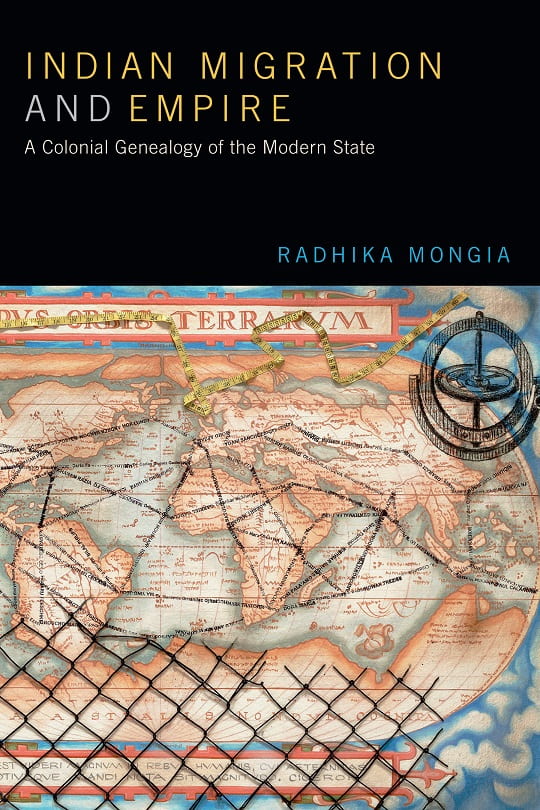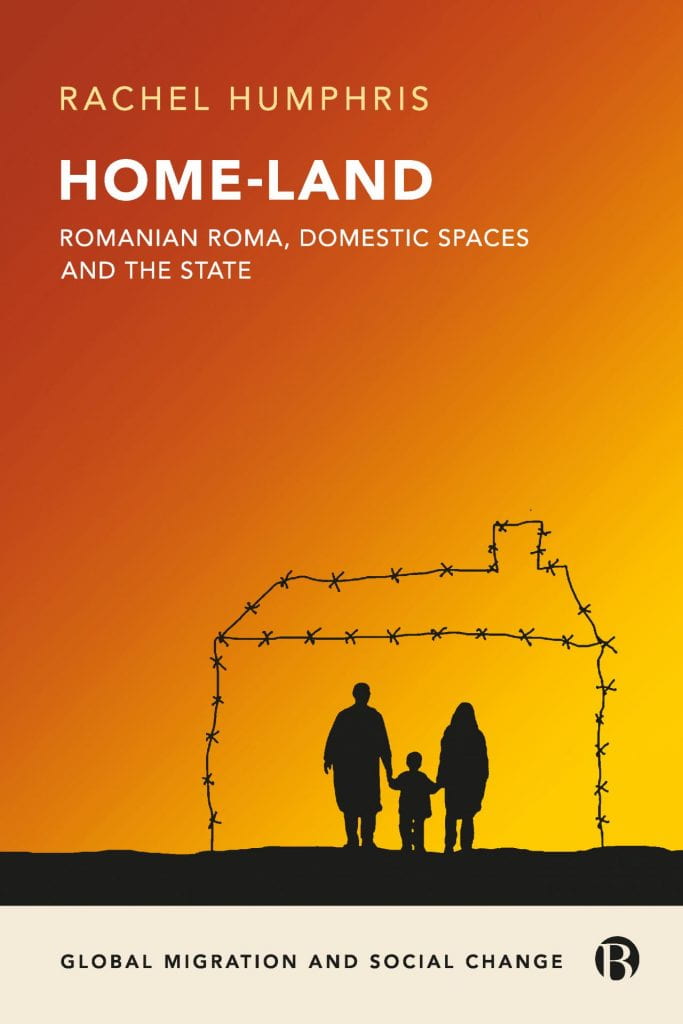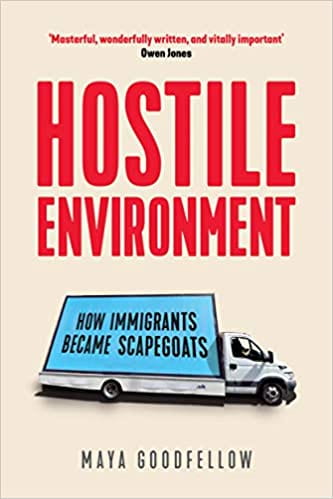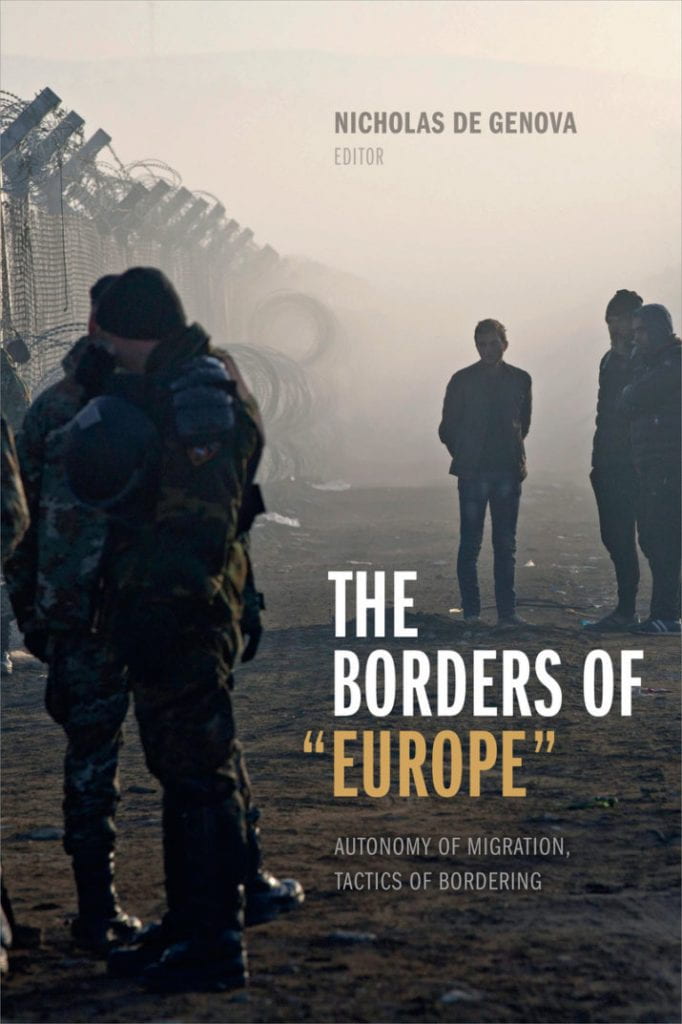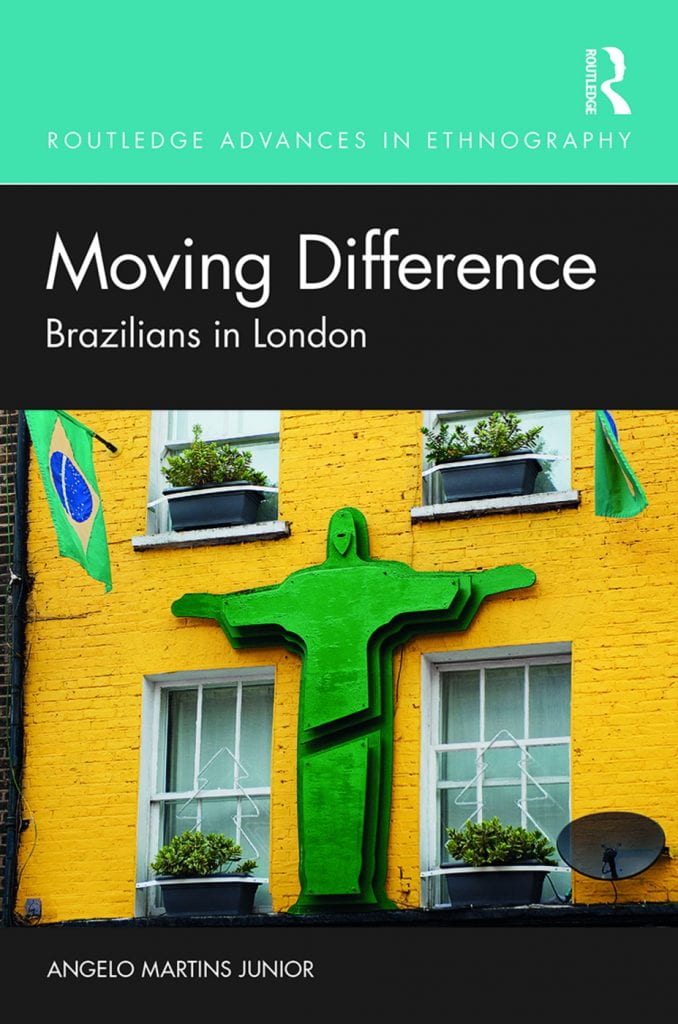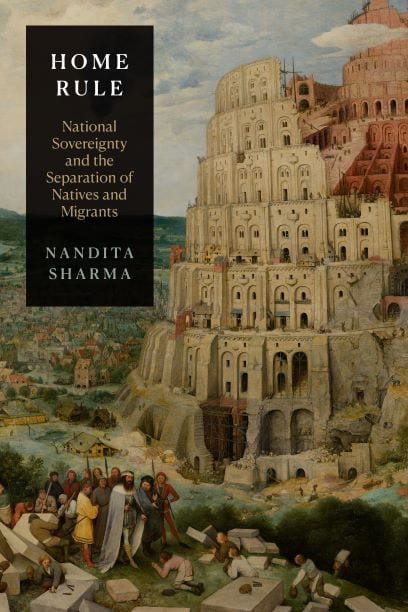Race, nation and migration – the blog series reframing thinking on movement and racism.
By Nadine El-Enany.
My parents travelled from Egypt to Britain in 1977, moving from London to Exeter, a city in the South West of England, in 1978. For my parents, Exeter was a place they felt fortunate to have found, an idyll far from the noisy, crowded streets of Cairo. They made Exeter their home. Yet 40 years later, when my father retired, a neighbour asked him when he would be going back to Egypt. Still, my parents are the lucky ones. They came to Britain on an aeroplane, study visas in hand. They did not have to travel by boat, or in the back of a lorry risking their lives.
‘Bordering Britain’ is not only the centuries long legal and political process that my recent book traces: it is also a mindset. Hanging over my parents will always be the assumption that their life in Britain is contingent and temporary. Immigration law teaches white British citizens that Britain and everything within it is rightfully theirs. ‘Others’ are here as guests. I challenge this by showing how British immigration and nationality law is an extension of British colonialism. I argue that Britain’s borders, articulated and policed via immigration laws, maintain the global racial order established by colonialism, whereby colonised peoples are dispossessed of land and resources. Britain is not only bordered, but also racially and colonially ordered, through the operation of immigration control.
Britain would not be the wealthy, plentiful place that it is without its colonial history. Colonialism and slavery were key to its industrialisation and the growth of its capitalist economy (see Draper 2008; Inikori 2002; Williams 1944). Wealth derived from British slave-ownership has helped to enrich and sustain elite institutions, individuals and families and has sewn inequality deep into the fabric of British society (see Dorling and Tomlinson 2019). Britain’s healthcare system, welfare state, transportation infrastructure, cultural and educational institutions, though battered and unequally accessible, are nevertheless colonially derived.
As colonial populations fought the British from their territories, British lawmakers fast abandoned the myth of imperial unity and equality and moved to introduce controls targeted at racialised colonial subjects and Commonwealth citizens. Through the concept of patriality the 1971 Immigration Act had made whiteness intrinsic to British identity. Only patrials, those born in Britain or with a parent born in Britain, had a right of entry and stay in Britain. In 1971 a person born in Britain was most likely (98%) to be white (see Owen 1995). The 1981 Act continued this process of racial exclusion by constructing British citizenship on the foundation of patriality, tying citizenship to the right of entry and abode (Karatani 2002:185). A territorially distinct Britain and a concept of citizenship that made Britishness commensurate with whiteness made it clear that Britain, the landmass and everything within it, belongs to Britons, conceived intrinsically as white. The 1981 Act was an act of appropriation, a final seizure of the wealth and infrastructure secured through centuries of colonial conquest.
Understanding Britain as a contemporary colonial space serves to partially collapse the distinction between settler and non-settler colonial contexts. While it is now an accepted argument in critical scholarship that settler colonialism is ongoing and structural (for example, Coulthard 2014), the same critique has not been applied to non-settler forms of colonialism, which are considered to have ended. Yet, the border drawn around the spoils of British colonial conquest via immigration and nationality law amounts to colonial theft. Due to mainstream understandings of property as being fixed and immovable in space and time, theft via the passing of immigration controls can be difficult to conceptualise (see Cooper 2013; Keenan 2015). Colonial dispossession not only determined the contemporary distribution of material wealth, but also radically altered subjectivity in the sense of what people desire, consider themselves as entitled to and understand themselves to be (Fanon 1986). Theft of intangibles such as economic growth, life chances, psyches and futures occur in all colonial contexts, settler or otherwise.
The effect of the 1981 Act along with changes to immigration law was to put the wealth of Britain, gained via colonial conquest, out of reach for the vast majority of people racialised through colonial processes. Immigration law not only serves as the means of obstruction of movement – it is also the means through which legal status is granted. Regimes of legal status recognition whereby British authorities determine entitlement to citizenship, settlement and refugee status serve to legitimise the claim that colonial wealth belongs behind Britain’s borders, only to be accessed with permission.
Similar to the way in which indigenous people in Canada and Australia must submit to the rules and evidentiary standards of those colonial legal systems in order to be recognised as having enforceable rights to land (for example, Mabo and Others vs Queensland 1992), those with ancestral, geographical and personal histories of British colonialism who wish to access stolen colonial wealth and resources in Britain must submit to the rules and evidentiary standards of British immigration law. In this way the vast majority of racialised people are prevented from accessing Britain and its wealth in part through the operation of internal and external borders, produced and enforced through law.
The traditional acceptance of legal categories as defined in international and domestic law in and outside academia has the effect of concealing law’s role in producing racialised subjects and racial violence. It further impedes an understanding of law as racial violence. Addressing the historical contingency and artificiality of legal categories, the violence in their production and ongoing material effects allows us to understand how Britain remains colonially and racially configured. It also helps to mitigate against a liberal politics of recognition and opens the way for the development of emancipatory and reparative discourses and strategies for migrant solidarity and racial justice.
Legal status does not alter the way in which racialised people are cast in white spaces as undeserving guests, outsiders or intruders – as here today but always potentially gone tomorrow. Immigration law is, after all, the prop used to teach white British citizens that what Britain plundered from its colonies is theirs and theirs alone. Understanding that immigration law is an extension of colonialism enables us to question Britain’s claim to being a legitimately bordered, sovereign nation-state. If we, as critical scholars and activists, can imbibe a counter-pedagogy to that of immigration law and bordering, one which rejects the violence of legal categorisation and paves the way for a more empowering, redistributive and radical politics of racial justice, we can begin to work our way towards new strategies for organising collectively in the service of anti-racism and migrant solidarity. We should not wait for the law to rule on our entitlement to colonial spoils. A Britain understood as the spoils of empire already belongs to us.
Nadine El-Enany is Reader in Law at Birkbeck School of Law and Co-Director of the Centre for Research on Race and Law. She researches migration and refugee law and one of her current research projects focuses on questions of race and justice in death in custody cases. (B)ordering Britain: Law, Race and Empire (2020) is available from Manchester University Press.
A longer version of this blog post was originally published by Manchester University Press on 6th November 2019.



